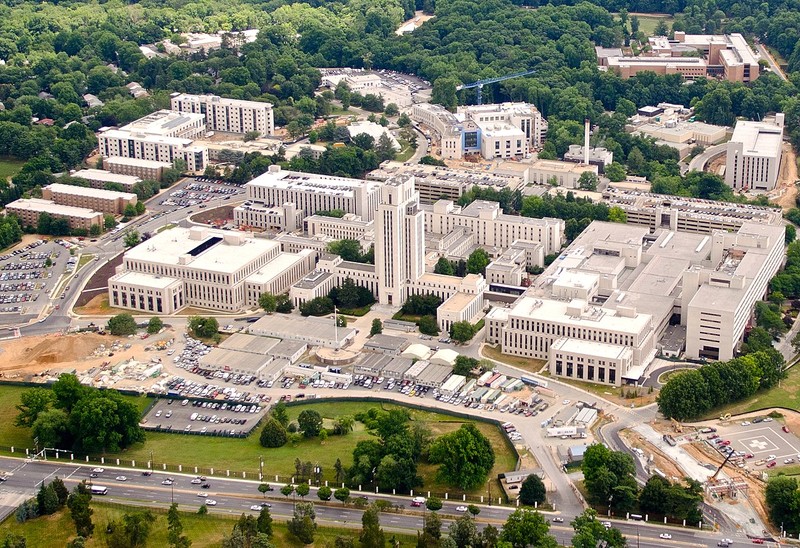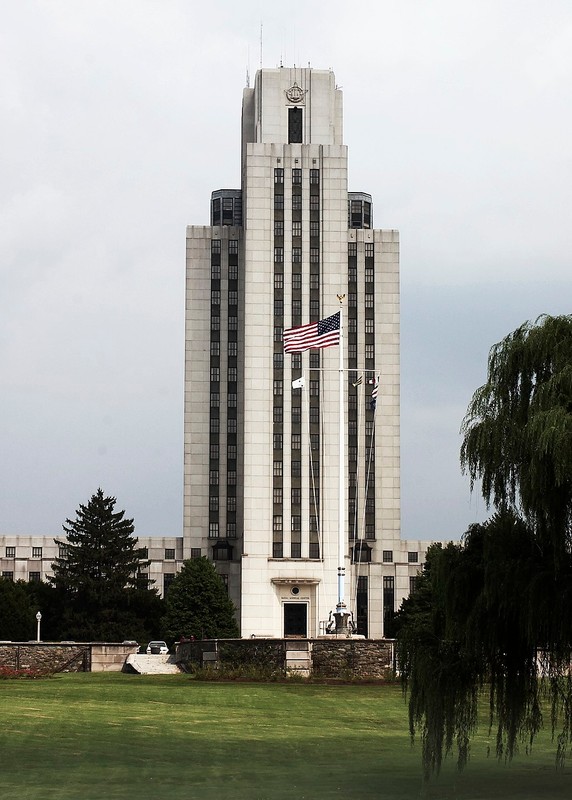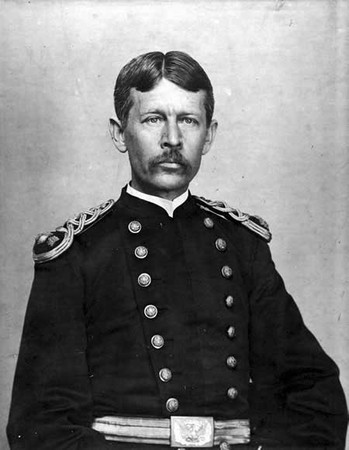Walter Reed National Military Medical Center
Introduction
Text-to-speech Audio
The Walter Reed National Military Medical Center (WRNMMC) is one of the largest and most prestigious military hospitals in the country. It is named after U.S. Army doctor and researcher, Walter Reed (1851-1902), who proved that yellow fever is transmitted through mosquito bites. The original building of the complex, which is known as Building 1, was erected in 1942 and features a 20-story tower and a pair of "L"-shaped wings. It was added to the National Register of Historic Places in 1977. The facility, which has grown over time, was first known as the National Naval Medical Center. In 2011, it combined with the former Walter Reed Army Medical Center to form the WRNMMC.
Images
The Walter Reed National Military Medical Center complex is one of the largest and most prestigious military hospital complexes in the United States. Established in 1942, the original structure, Building 1, which features a 20-story tower, is listed on the National Register of Historic Places.

The tower is 20-stories tall and is listed on the National Register of Historic Places.

The facility is named after Walter Reed (1851-1902), who discovered that yellow fever is transmitted through mosquitoes.

Backstory and Context
Text-to-speech Audio
In 1809, the Surgeon General of the Navy proposed that a naval medical training school be established. That idea never came to fruition. Several decades later in 1878, the first naval medical courses were offered at the Brooklyn Naval Hospital. The naval school was eventually established and in 1902 moved into the former Naval Observatory on 23rd and E Streets N.W. in Washington. A hospital was added in 1906. Over the next couple of decades the complex grew to include dental school, a medical technology school, and a library of medicine and surgery. By around 1935 it was renamed the Naval Medical Center (NMC). However by then it became clear that the site was too small for the growing facility.
As a result, in 1937, Congress approved funds to build a new center and President Roosevelt selected this location in Bethesda, which was a rural area at the time. Interestingly, it was Roosevelt who sketched the basic design of Building 1, which he modeled after the Nebraska State Capitol building (he had seen it on a trip). Construction began in 1939 and was completed three years later. The building had room for 1,200 beds and housed the Naval Medical School, the Naval Dental School, and the Naval Medical Research Institute.
The first major expansion occurred in 1960. Other expansions and new buildings were constructed during the following decades. There are now 500 in-patient beds and a total of 880,000 square feet of space at the facility. In 2005, Congress passed the Base Realignment and Closure Act, which enacted the eventual merger of the NMC and the Walter Reed Army Medical Center in 2011.
Sources
"About Us." Walter Reed National Military Center. Accessed November 25, 2022. https://walterreed.tricare.mil/About-Us.
Earle, Lawrence P. "Bethesda Naval Hospital Tower." National Park Service - National Register of Historic Places Nomination Form. March 8, 1977. https://npgallery.nps.gov/GetAsset/ad97ef26-2cb2-4140-8307-95b8d63fafe5.
"Walter Reed." Britannica. Accessed November 25, 2022. https://www.britannica.com/biography/Walter-Reed.
All images via Wikimedia Commons: https://commons.wikimedia.org/wiki/Category:Walter_Reed_National_Military_Medical_Center
